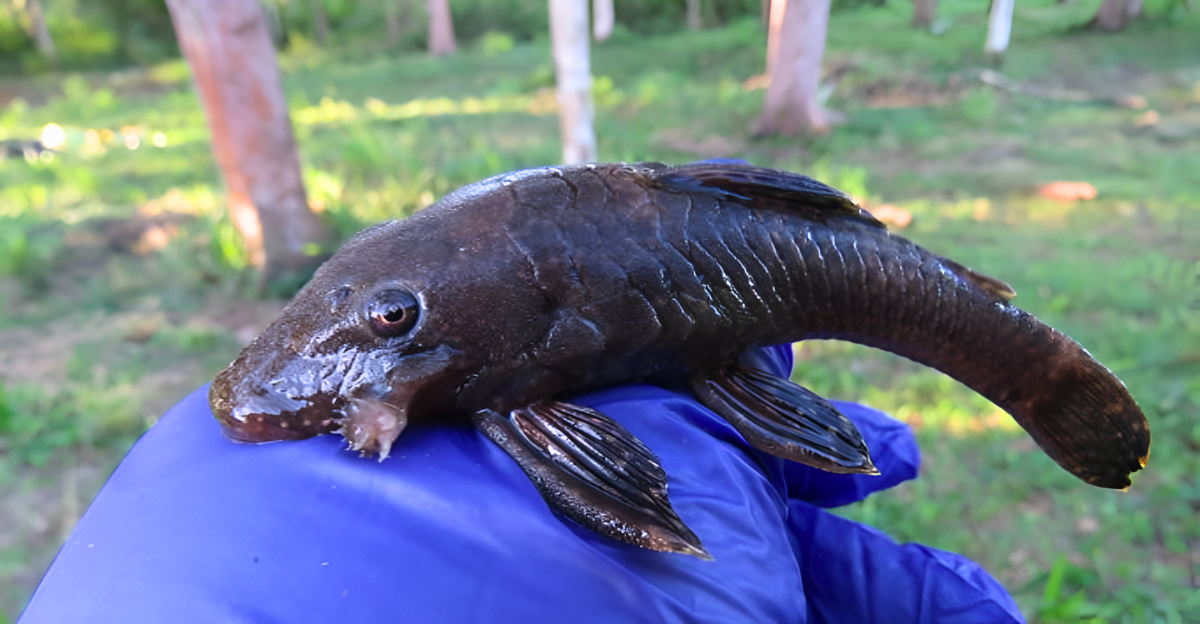
2025 proved that Earth still holds secrets, as scientists unveiled species hiding in rainforests, oceans, and caves. From the Amazon to the Coral Triangle, discoveries revealed that life continues to surprise in places long thought to be understood.
Conservation International reported that a single expedition in Peru’s Alto Mayo region yielded dozens of new finds, an astonishing reminder that biodiversity is far from fully charted. These nine discoveries invite us to look closer, listen harder, and recognize how much remains unknown in the natural world we share.
1. The Shark That Looks Like a Guitar
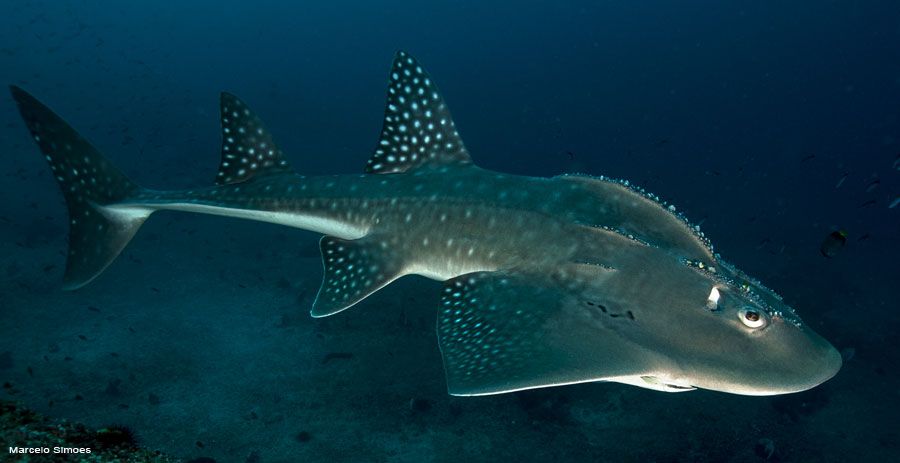
When marine explorers entered the Coral Triangle this year, they didn’t expect to encounter a shark shaped like an instrument. Flat-bodied with a long tail, the so-called guitar shark stunned researchers with features not seen in any known species.
After documenting it in waters off Indonesia, Malaysia, and the Philippines, Ocean Census confirmed it as new to science. For scientists, the find adds weight to the idea that oceans still guard evolutionary marvels, waiting for the right dive to reveal them.
2. Australia’s Giant Venomous Spider

In Newcastle, Australia, a spider with both size and venom to match its reputation finally earned a name: Atrax christenseni, or the Big Boy funnel-web. Long observed at the Australian Reptile Park, it was only in 2025 that genetic work by the Australian Museum and Flinders University confirmed it as a distinct species.
With its formidable presence, the spider deepens Australia’s reputation for lethal wildlife and highlights how even well-studied environments can still surprise. Not all mysteries live in remote jungles; sometimes they crawl in your backyard.
3. A Fish With a Blob for a Head

Deep in Peru’s rainforests, ichthyologists encountered a fish with an oversized, bulbous forehead, unlike anything previously described. The “blob-headed fish,” as it’s now called, left scientists debating whether the feature serves for feeding, sensing, or something yet to be uncovered.
“Scientists have never seen anything like it,” said Trond Larsen of Conservation International, who led the expedition. Its bizarre profile remains an enigma, a living riddle swimming through dark jungle waters. Such oddities remind us that evolution often writes stories that are stranger than fiction.
4. A Mouse That Loves Water

Mice rarely make headlines, but in 2025, a semi-aquatic species did just that. Found darting through Alto Mayo’s streams, this small rodent had partially webbed feet and a knack for foraging in flowing water. Few mammals worldwide have adapted to such amphibious habits, making this one a standout.
Its discovery reveals how even tiny creatures carve out niches where survival seems improbable. In a forest brimming with predators, this mouse has learned to swim its way into safety, and into the scientific record.
5. The Eel From the Underworld
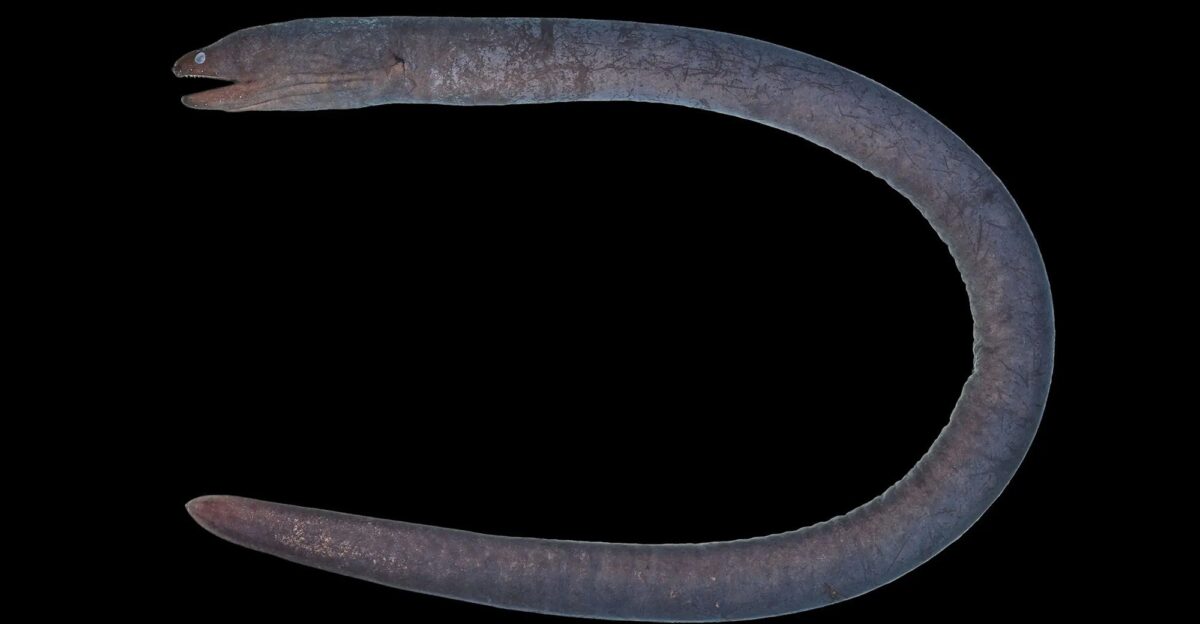
Divers encountered a moray eel unlike its kin in a Philippine cave system where sunlight barely reached. With small eyes and heightened sensitivity to dim conditions, it was named Uropterygius hades after the god of the underworld, as described in the scientific journal ZooKeys. Unlike its reef-dwelling relatives, this eel thrives in shadowy estuaries and underwater caves.
Its existence challenges assumptions about where morays belong. Scientists say it exemplifies life’s ability to adapt to realms hidden from view, adding another strange twist to the evolutionary stories unfolding beneath the waves.
6. Spiny Secrets of the Rainforest

At first glance, the Amazon’s new spiny mouse looks familiar. Yet its bristly coat and surprising resilience to humid lowland forests set it apart. Agile and hardy, it slips through dense foliage with ease.
Researchers documenting it in Alto Mayo noted how easily such small mammals are overlooked despite their ecological importance. The spiny mouse’s unveiling reminds us that discovery doesn’t always come with dramatic features; it can also arrive quietly, in the form of subtle adaptations that help life endure.
7. A Fruit Bat With a Twist

When researchers netted a bat in northern Peru, they noticed something unusual: a stubby tail and dental features adapted for fruit. A closer look revealed an entirely new short-tailed fruit bat species. Bats like this are unsung heroes of the rainforest, pollinating flowers and dispersing seeds.
This discovery highlights their variety and ecological importance. By identifying new members of the frugivorous family, scientists gain a clearer picture of the complex relationships that keep rainforests alive. Even the most miniature bat can shape the survival of an entire ecosystem.
8. The World’s Tiniest Squirrel
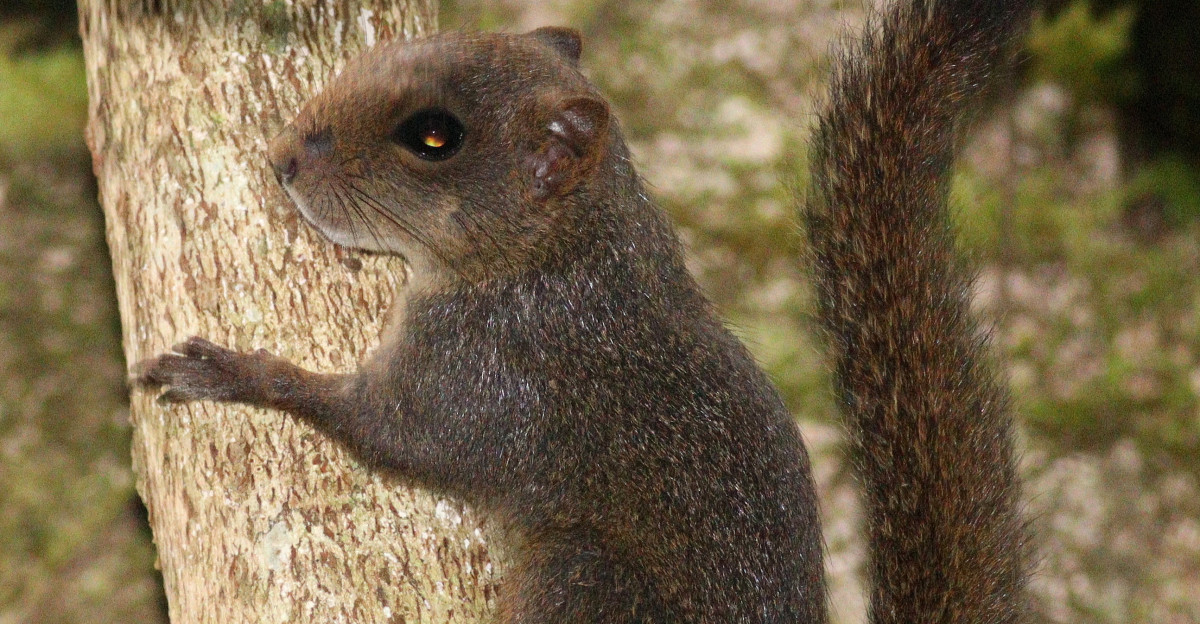
High in the Amazon’s undergrowth, researchers glimpsed a blur no bigger than a hand. They found a dwarf squirrel, new to science and remarkable for its minute size. Unlike its larger cousins, this squirrel thrives in a mix of forest and farmland, showing that biodiversity can persist even in altered landscapes.
Its agility makes it elusive, but its discovery proves that not all wildlife disappears under human pressure. Sometimes, it adapts—quietly surviving until science finally catches up to give it a name.
9. Butterflies No One Had Seen Before
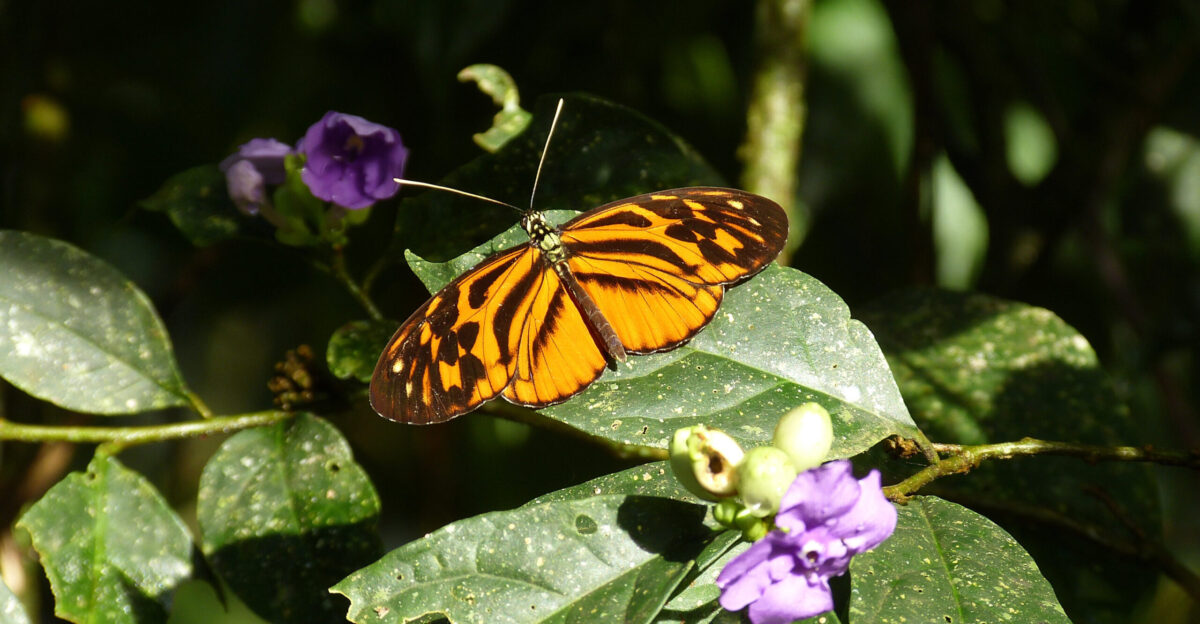
Butterflies often reveal more about an ecosystem than any other creature, and in 2025, scientists in Peru confirmed many new species. Each carried distinct wing patterns, some with camouflage so precise it mimicked rainforest leaves and flowers.
Though their scientific descriptions are still in progress, lepidopterists say these insects offer critical insight into climate and habitat health. Their sudden appearance in Alto Mayo highlights how layered the rainforest is—an endless mosaic where even something as fleeting as a butterfly can rewrite our understanding of life.
Nature’s Headlines Captivate

Images of the bulbous-headed fish and the shark shaped like a guitar quickly spread across CNN, Reuters, and science platforms. Public fascination grew as people shared these discoveries online. The Australian Museum reported a surge of attention around the Big Boy funnel-web spider, one of the year’s most fearsome finds.
Conservation International’s Trond Larsen said the response reflects both wonder and urgency. The public’s reaction proved that science still has the power to amaze and to rally interest in protecting Earth’s mysteries.
The Urgency Behind Discovery

Every new species added in 2025 carried weight far beyond scientific journals. Conservationists stress that documentation is the first step toward protection. These creatures cannot enter global databases or qualify for legal safeguards without names. Conservation International warned that many could already be under threat from deforestation and human expansion.
Each discovery is not just an achievement; it’s a race against time. The Amazon mouse, the Philippine eel, and even the guitar shark all represent stories that might vanish without rapid, decisive action.
How Science Sees the Unseen

Behind every headline-making discovery in 2025 stood an array of tools and techniques. Environmental DNA, pulled from water or soil, revealed genetic fingerprints of unseen animals. Camera traps snapped elusive mammals, while sequencing teased out differences invisible to the eye. Indigenous guides also directed researchers to sites worth exploring.
By combining tradition with technology, scientists pierced the veil of rugged landscapes. The result will be that new species that might have remained hidden for decades, if not centuries, will be suddenly thrust into the light.
Local Eyes, Global Discoveries
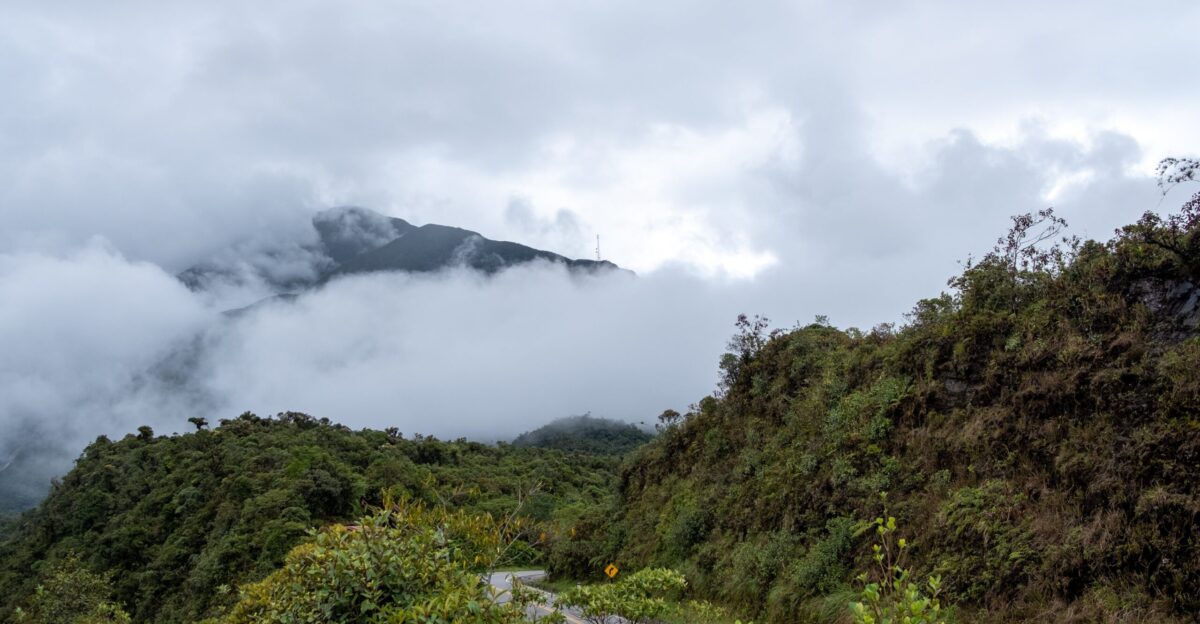
In Alto Mayo, many breakthroughs were only possible thanks to Indigenous knowledge. Communities guided researchers to places where unusual animals lived, drawing on lifetimes of familiarity with the land. Their observations often matched, and sometimes outpaced, scientific predictions.
Conservation International highlighted this collaboration as essential, ensuring discoveries were rooted in respect and reciprocity. By including local voices, expeditions did more than record new species; they strengthened forest stewardship. The partnership shows that protecting biodiversity is a shared story, not a solitary pursuit.
Species Born Into Threat

Some animals discovered this year may already be in danger. The guitar shark faces risks from overfishing and reef loss, while deforestation continues to carve away at Amazon habitats. In Southeast Asia, rapid development threatens ecosystems where new species have been found.
Scientists warn that these animals could qualify as endangered almost immediately after being described. The Australian Museum noted that conservation assessments can only begin with formal identification. The paradox is sobering: creatures unveiled to the world may already be slipping away from it.
The Next Frontiers of Discovery
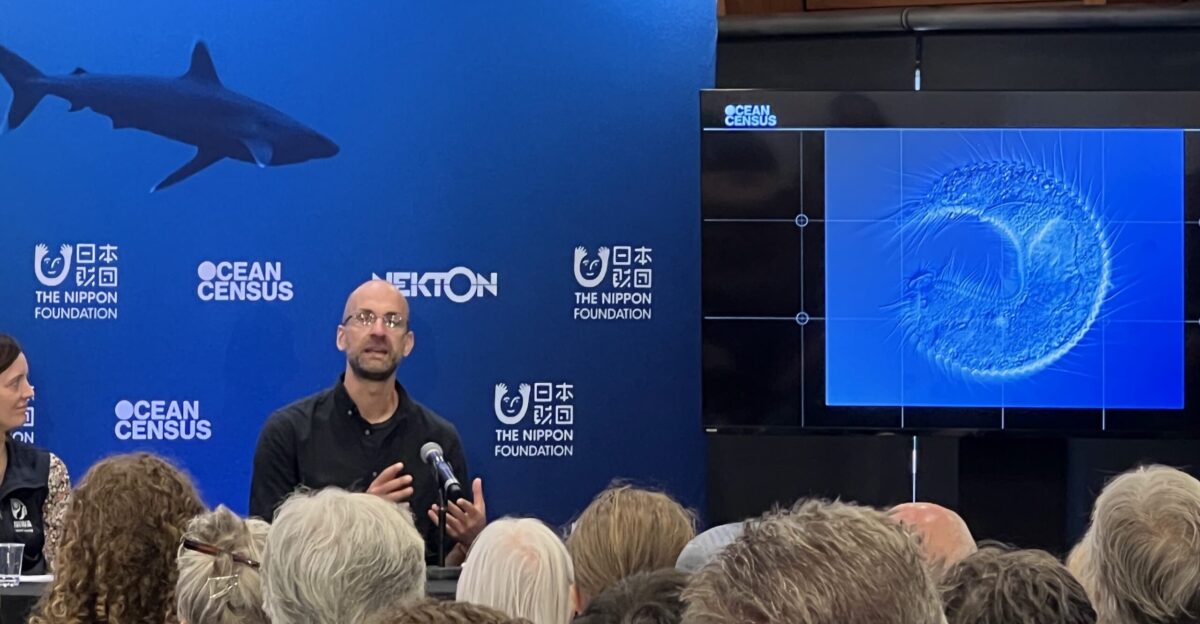
Looking ahead, researchers say the future holds far more than 2025 revealed. Ocean Census plans to catalogue 100,000 marine species over the next decade. Biologists estimate that less than one-fifth of Earth’s species are described, meaning most of life remains a mystery.
The success of Alto Mayo and similar expeditions demonstrates how concentrated effort can yield astonishing results. The planet is still full of “unknown unknowns,” waiting in rivers, caves, and deep seas. For explorers, that reality makes the journey as exciting as the destination.
Why Names Carry Power

To name a species is to grant it a place in science and history. Taxonomy is not only about classification but about survival. Legal protections, conservation strategies, and ecological studies begin with a name. In 2025, newly catalogued species were entered into international databases, ensuring their existence is recognized globally.
Scientists emphasize that this process matters deeply because species risk being overlooked entirely without names. A name transforms an unknown creature into a story humanity can understand, study, and safeguard.
Beyond a Year of Surprises
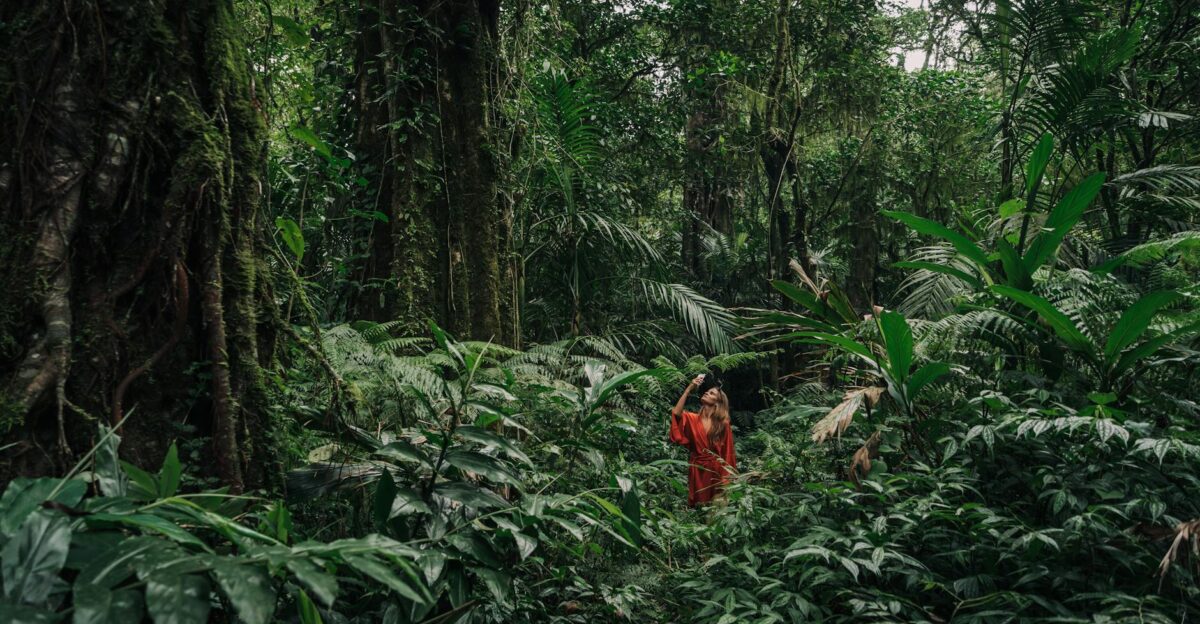
Scientists say that if 2025 taught us anything, discovery is far from over. Rainforests still hide mammals unknown to science, caves harbor eels adapted to darkness, and oceans guard sharks with instrument-shaped bodies.
New generations of zoologists and ecologists armed with sharper tools and fresh perspectives are needed to carry this work forward. This year’s discoveries serve as milestones and invitations, proof that many more lies are waiting and that the story of life on Earth is still being written.
Turning Discovery Into Action
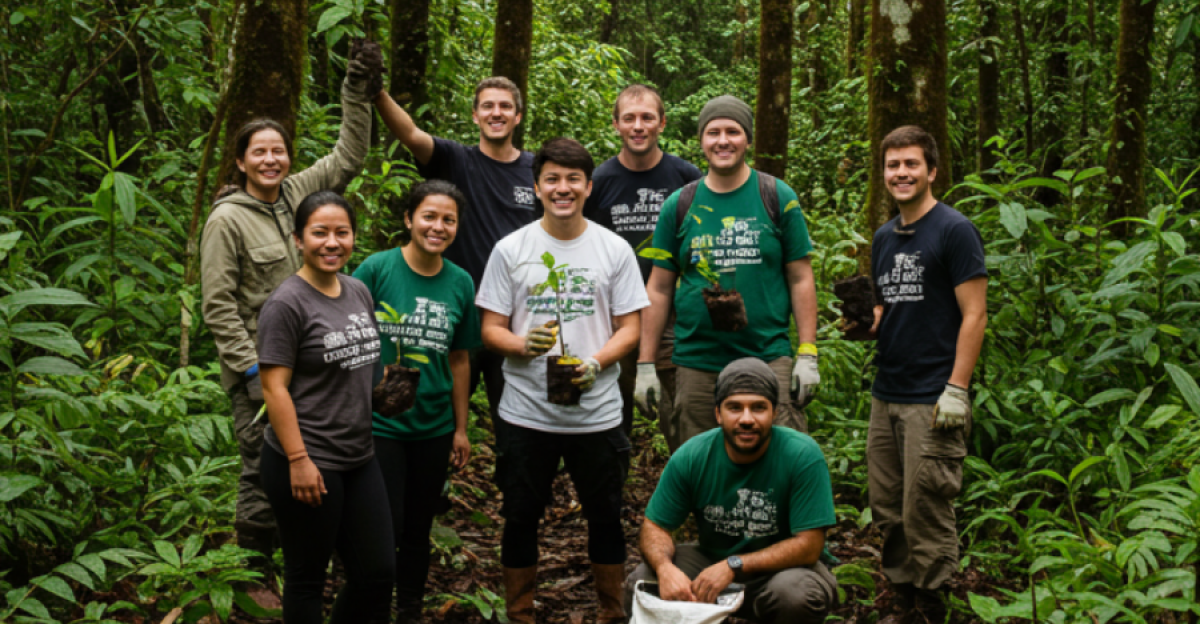
Unveiling new species brings joy, but it also brings responsibility. Scientists and conservationists stress that protecting these animals is as important as naming them. Without action, discoveries risk becoming obituaries. Conservation groups argue that each finding strengthens the case for safeguarding ecosystems under pressure.
Every web-footed mouse or dwarf squirrel adds to the mosaic of life, and losing them weakens it. The message is clear: the marvels of 2025 can only endure if humanity chooses to protect them.
Life’s Hidden Stories Continue

From the blob-headed fish to the tiniest squirrel, 2025’s discoveries remind us that Earth remains filled with wonder. These nine species represent only a fraction of what still awaits, but they reveal the richness of life’s hidden chapters. Each find connects us to the wild, offering both delight and responsibility.
Looking back, 2025 may be remembered as a year when exploration pushed boundaries. Looking ahead, the challenge is ensuring these creatures survive long enough for future generations to marvel at them, too.